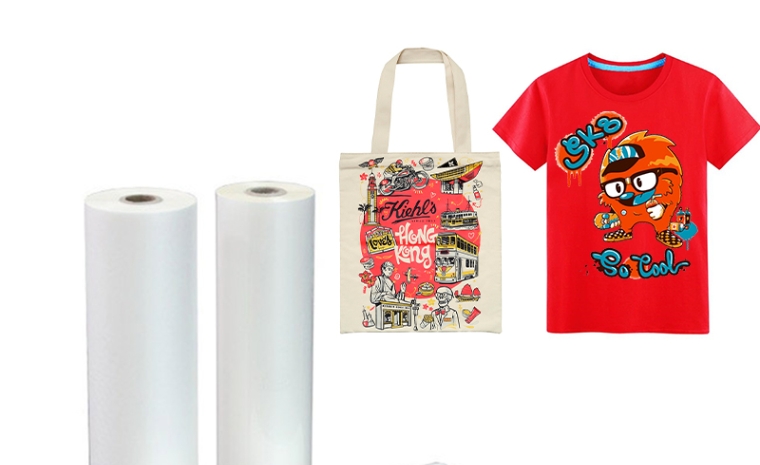Innovative DTF Transfer Films Revolutionize Textile Printing Industry
Innovative DTF Transfer Films Revolutionize Textile Printing Industry
In the dynamic world of textile printing, innovation continues to play a pivotal role in reshaping the industry. One such groundbreaking advancement comes in the form of DTF (Direct-to-Film) transfer films, specifically designed for DTF printers, which are set to transform the way we approach textile printing. These high-quality PET (Polyethylene Terephthalate) films, available in single and double-sided variants, are taking the textile printing industry by storm.
1. Inkjet Printing Excellence: One of the standout features of DTF transfer films is their ability to absorb ink without causing cockling, even in high-quantity inkjet printing. This ensures smooth and flawless prints, eliminating the common issue of wrinkling.
2. Rapid Drying: The uniform coating on these films allows for quick ink absorption and drying. This rapid drying process is essential for maintaining print quality and preventing deformation.
3. Long-Term Durability: DTF transfer films are designed to preserve the vibrancy of printed colors over extended periods. The prints remain bright and exhibit a high color reduction degree, even after storage.
4. Superb Transfer Efficiency: Perhaps the most remarkable feature is the exceptional transfer efficiency of up to 95%. This efficiency level surpasses similar products in the market, making DTF transfer films a standout choice for textile printing.
Versatile Applications
The versatility of DTF transfer films extends to their applicability on various media, including synthetic fabrics, cotton, linen, and eco-leather. These films are equally effective for white, colored, or black textiles, making them a versatile solution for a wide range of textile printing needs.
Innovative Technique
DTF transfer films are distinct from conventional screen printing techniques. They are used in conjunction with DTF ink and specially designed DTF powder for heat transfer onto textiles. Unlike traditional cutting plotter methods, DTF transfer films eliminate the need for contour cutting before or after printing. This innovation streamlines the textile printing process, reducing production time and costs.
Peeling Options
A distinguishing feature of DTF transfer films is the choice of peeling methods after the transfer process. Depending on the desired outcome, operators can opt for films that can be peeled either cold (requiring a cooling period) or hot (for immediate peeling). This flexibility accommodates various printing scenarios and preferences, making DTF films suitable for both hot and cold peeling.
Universal Compatibility
One of the standout characteristics of DTF transfer films is their compatibility with a wide range of thermal presses used in advertising production. These films are suitable for DTF inkjet printing, regardless of the printer model, be it Epson, HP, Canon, or Brother. This universality ensures that businesses can easily integrate DTF technology into their existing operations.
In summary, the introduction of DTF transfer films is a significant milestone in the textile printing industry. Their innovative features, versatility, and compatibility are set to revolutionize the way textile printing is approached. As the textile printing landscape evolves, DTF transfer films stand as a testament to the industry's commitment to innovation and excellence.
